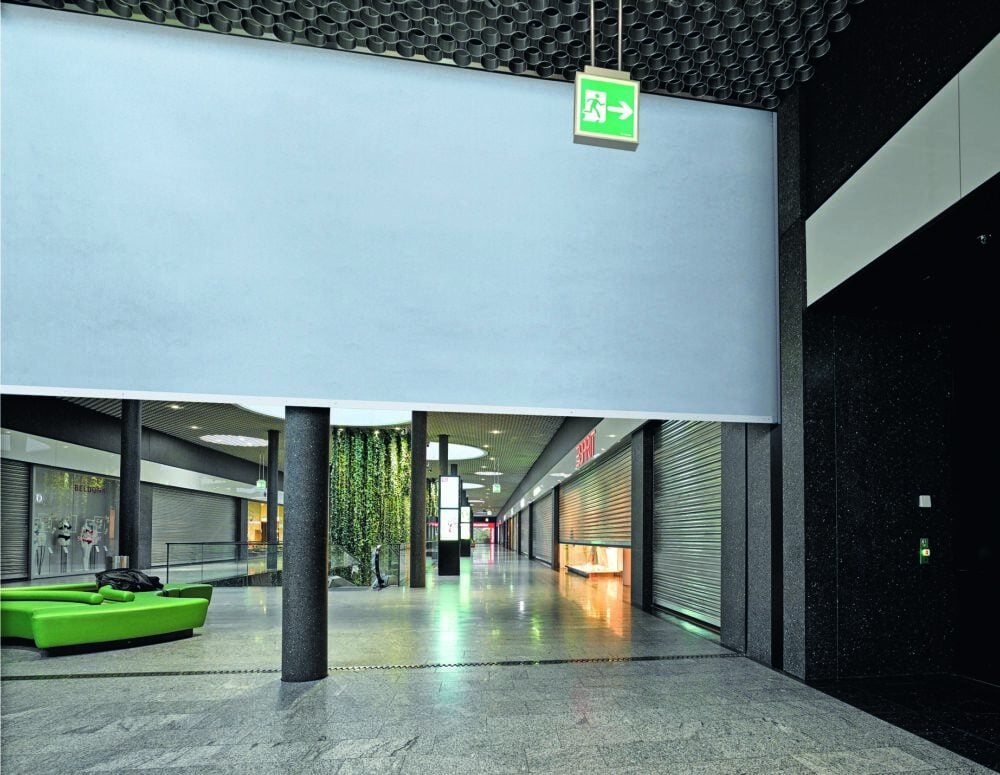Flame retardants: Researchers receive awards
The "Empa Innovation Award 2016" goes to chemist Sabyasachi Gaan and his team. The researchers are being honored for the development of a non-toxic flame retardant that can be used in the production of flame-resistant polyurethane foams.
Polyurethane foams (PU foams) are encountered very often in everyday life: they are in the insulation of house facades and refrigerators, in car seats, living room sofas and shoe soles. PU consists of carbon, hydrogen, nitrogen and oxygen atoms. The air trapped in the pores of the foam also contains oxygen. So, like most organic polymers, the foam is highly flammable and must be treated with flame retardants to reduce the risk of fire. In past decades, foam manufacturers mostly used chlorinated phosphates as flame retardants, which are inexpensive substances that do not interfere with the production process.
But many of these chlorinated flame retardants are toxic and can evaporate from the foam over time and enter the ambient air. In many countries, these substances are therefore already banned. The industry is urgently looking for environmentally friendly and non-toxic alternatives. The business is significant: almost 20 million tons of PU foam are produced worldwide each year. Most of this has to be equipped with flame retardants.
Highest flame retardant classification achieved
Sabyasachi Gaan and his research team developed several derivatives, i.e. chemical sister substances, of the well-known flame retardant DOPO (9,10-dihydro-10-oxa-phosphaphenatrene oxide), which has the desired properties. In particular, a newly developed substance called EDA-DOPO meets economic and environmental criteria particularly well: EDA-DOPO achieves the highest flame retardant classification UL 94 HB. In addition, it is not a liquid at room temperature, but a solid - so it cannot evaporate from the foam later. The flame retardant is also well suited to the production process for PU foams: it mixes very well with polyol, a starting material for PU foam, and forms a stable dispersion. This can then be processed further without any problems. The end result is a foam in whose pores the solid flame retardant EDA-DOPO is finely distributed.
The research project, which has now received the "Empa Innovation Award", began in June 2013 and was financed with EU subsidies and funds from the Swiss CTI. The industrial partners were Metadynea Austria GmbH and Foampartner Fritz Nauer AG in Wolfhausen. The new flame retardant EDA-DOPO is currently already being manufactured on a 100 kg scale. The approval process under the EU chemicals regulation REACH is currently underway.
Press release Empa










